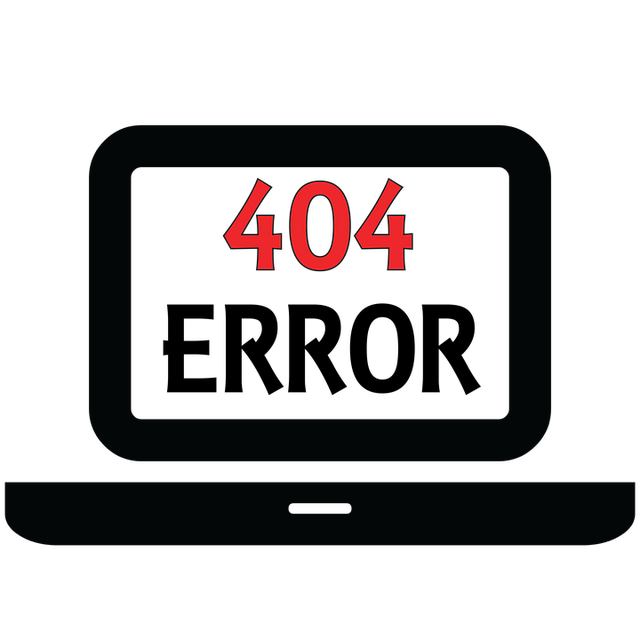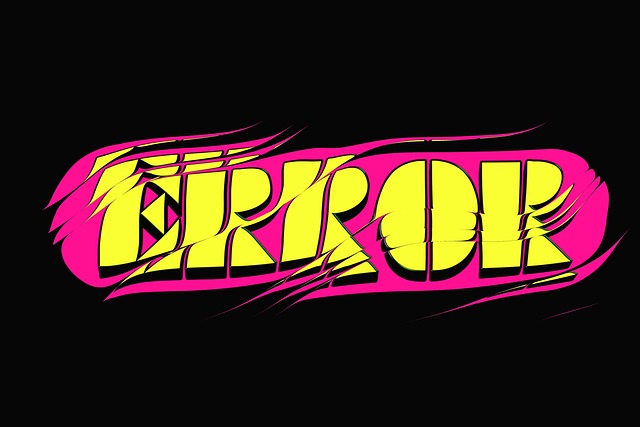Businesses often make costly equipment financing mistakes, such as securing short-term loans for expensive machinery (leading to higher rates), not accounting for maintenance costs, and not understanding lease terms. To avoid these traps, companies should assess financial projections, buffer for expenses, consider flexible repayment terms, and consult experts. Regular audits, staff training, and specialized software help prevent compliance errors and human mistakes. Learning from common blunders like lacking due diligence or neglecting future replacement plans is crucial to mitigate costly mistakes in equipment financing.
“In the world of equipment financing, making informed decisions is crucial to avoid costly mistakes. This article shines a light on common pitfalls that businesses often encounter, such as misaligned lease terms and inadequate cash flow planning. We’ll guide you through identifying these expensive errors and offer strategic solutions for correction and prevention. From understanding the nuances of leasing to implementing robust financial management practices, learn how to navigate equipment investments with confidence and avoid repetitive financial blunders.”
- Identifying Costly Equipment Financing Mistakes
- Common Pitfalls in Equipment Leasing
- Strategies to Mitigate and Correct Financial Errors
- Preventive Measures for Future Investments
Identifying Costly Equipment Financing Mistakes

Many businesses fall into the trap of making costly equipment financing mistakes, often overlooking key factors that can impact their financial health in the long run. These errors can range from choosing the wrong type of financing to not fully understanding the terms and conditions of the loan. For instance, selecting a short-term loan for expensive machinery might seem appealing due to lower monthly payments, but it could result in higher interest rates overall and hinder future replacement or upgrade plans.
Similarly, failing to account for unexpected maintenance costs or fluctuations in equipment performance can lead to cash flow issues. Businesses should carefully assess their financial projections and buffer for such expenses to avoid defaulting on loans. Additionally, not considering the flexibility of repayment terms might bind the company with inflexible financial obligations, making it harder to adapt to changing market conditions or unexpected economic shifts.
Common Pitfalls in Equipment Leasing

In the world of equipment financing, there are several common pitfalls that businesses often encounter, leading to significant costly mistakes. One of the primary issues is inadequate planning and budgeting. Many companies fail to accurately assess their financial capabilities and future needs when leasing specialized machinery or assets. This lack of foresight can result in obligations that strain cash flow, especially if the equipment turns out to be more expensive to maintain and operate than initially thought.
Another frequent error is not understanding the lease terms and conditions thoroughly. Complex contracts can include hidden fees, penalty clauses, and variable interest rates that can significantly impact overall costs. Businesses should always seek legal counsel or consult experts in equipment financing to avoid these costly mistakes. Additionally, neglecting to consider future technological advancements or market shifts can lead to outdated equipment that becomes a liability rather than an asset.
Strategies to Mitigate and Correct Financial Errors

Identifying and mitigating financial errors early is crucial to avoid costly mistakes in equipment financing. One effective strategy is implementing robust accounting practices, including regular audits and detailed record-keeping. This ensures that all transactions are accurately documented and any discrepancies are promptly addressed. Additionally, staying updated with industry regulations and guidelines can prevent compliance errors, which often lead to significant financial setbacks.
Regular training for staff involved in equipment financing can significantly reduce human errors. Educating them on the latest software, procedures, and best practices ensures accuracy in data entry, pricing calculations, and contract management. Moreover, utilizing specialized equipment financing software can streamline processes, catch potential errors before they escalate, and provide a clear overview of financial health.
Preventive Measures for Future Investments

To prevent equipment financing costs from spiraling out of control, it’s crucial to learn from common costly mistakes. One of the primary pitfalls is failing to conduct thorough due diligence on both the equipment and the financier. This includes not evaluating the long-term value versus initial cost, as well as understanding the terms and conditions of the loan agreement. Neglecting to factor in maintenance, repair, and replacement costs can significantly increase overall expenses.
Additionally, lacking a clear plan for future replacements or upgrades can lead to unexpected financial strain. Businesses should establish regular equipment asset management processes to track depreciation and plan for eventual disposal or upgrading. By adopting these preventive measures, companies can avoid costly mistakes, ensure more affordable financing, and optimize their long-term investment strategies.






